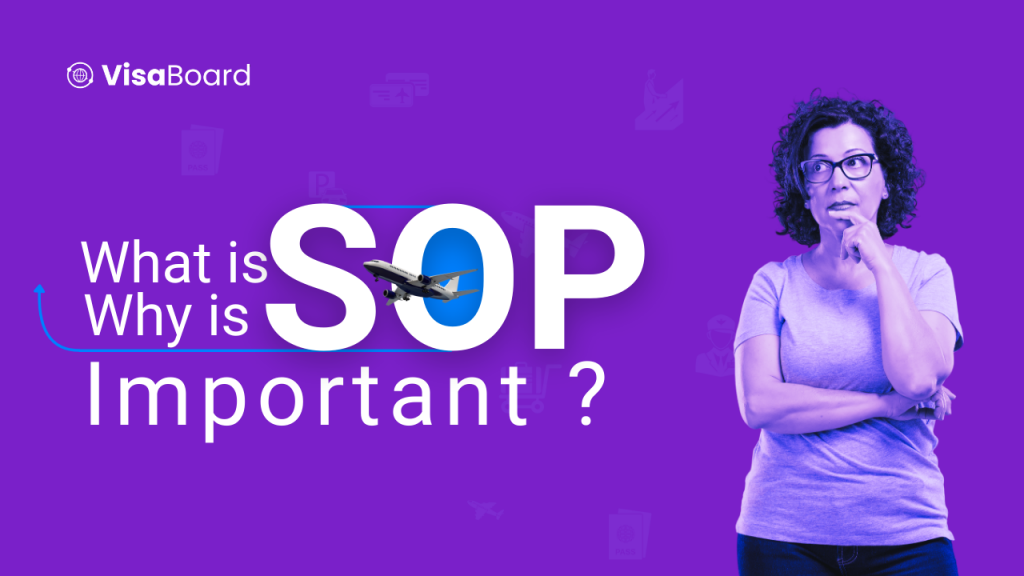Introduction
One of the most challenging components of writing a strong Statement of Purpose (SOP) is staying within the word limits established by institutions and employers. While the word limits may appear to be restrictive, they serve an important purpose: they examine an applicant’s ability to articulate their qualifications and goals in a succinct and effective manner.
In this article, we’ll examine the typical errors that applicants frequently commit when writing their SOPs, emphasizing the crucial necessity of abiding by word restrictions.
Since Alster Rapid SOP is aware of the subtleties of SOP writing, we created Alster.ai. It is a cutting-edge AI solution made to enhance and streamline SOP Writing Services. In order to make sure that your SOP shines, let’s explore the essential factors.
6 Common Mistakes Regarding Word Limits in SOPs
The Statement of Purpose (SOP) acts as your beacon in the academic and professional worlds, illuminating your journey and objectives. Writing SOPs, though, is a difficult skill that can lead to mistakes. This endeavor is made even more challenging by the word limits established by institutions and employers.
Let’s explore the typical errors applicants make when it comes to SOP word limits and how to prevent them.
1. Exceeding the Prescribed Limit
Making the mistake of using more words than allowed is one of the most common mistakes. Applicants frequently try to cram too much information into their SOPs in an effort to completely present their qualifications and objectives. The outcome? cluttered, verbose storylines that could turn readers off. It’s critical to keep in mind that word limitations exist to promote conciseness. Respect these limits and make each word count. Put the most important information first, then cut out the irrelevant data.
2. Losing Clarity and Focus
While attempting to fulfill word limits, some candidates lose sight of the fundamental message of their SOPs. They veer off course or contain extraneous information that takes the focus off the main plot. An SOP should be a concise and targeted narrative that explains why you are the best person for the position or program. To prevent making this error, create a structured outline before you begin writing. Keep coming back to your main idea, and make sure each sentence is in keeping with it.
3. Omitting Key Information
Contrarily, candidates who are adamant about staying within word counts may omit crucial details, giving a false impression of their qualifications and goals. The secret is to strike the ideal balance between precision and clarity. Prioritize the information that best demonstrates your suitability for the course or position, and stay away from unnecessary details that don’t add much to your story.
4. Ignoring Formatting Rules
Word restrictions frequently include certain formatting requirements, such as font size, margins, and spacing. Ignoring these rules could result in disqualification or a poor impression of the SOP, among other negative outcomes. Many times, following formatting guidelines is seen as a test of a candidate’s attention to detail by admissions committees and employers. Pay close attention to these guidelines to ensure that your SOP meets all standards.
5. Neglecting Individual Requirements
The word limit restrictions for SOPs may differ between universities and employers. A major stumbling block is using a one-size-fits-all approach, which involves submitting the same SOP to many applications without adapting it to each particular demand. This oversight may reflect a lack of sincere interest in the relevant program or position. Instead, spend the time creating a specially crafted SOP for each application to show that you are committed to meeting their requirements.
6. Underestimating Professional Assistance
The word limit restrictions for SOPs may differ between universities and employers. A major stumbling block is using a one-size-fits-all approach, which involves submitting the same SOP to many applications without adapting it to each particular demand. This oversight may reflect a lack of sincere interest in the relevant program or position. Instead, spend the time creating a specially crafted SOP for each application to show that you are committed to meeting their requirements.
Conclusion
While SOP word restrictions may appear intimidating, they are an important component of the evaluation process. Knowing the common errors we’ve described above is necessary to avoid these common blunders. Crafting a captivating SOP while adhering to word restrictions is not only achievable but also necessary for making an impact on admissions committees and business entities.
We at Alster Rapid SOP are aware of the difficulties candidates have, which is why we provide Alster Technology. It is a cutting-edge AI tool that provides professional SOP writing services. With its assistance, you may develop a high-quality, plagiarism-free SOP that adheres to word restrictions while successfully conveying your qualifications and objectives.
Whether you’re a global tourist, a student hoping to study abroad, or a working person looking for new chances, our service is designed to help you succeed in your academic and professional goals.







